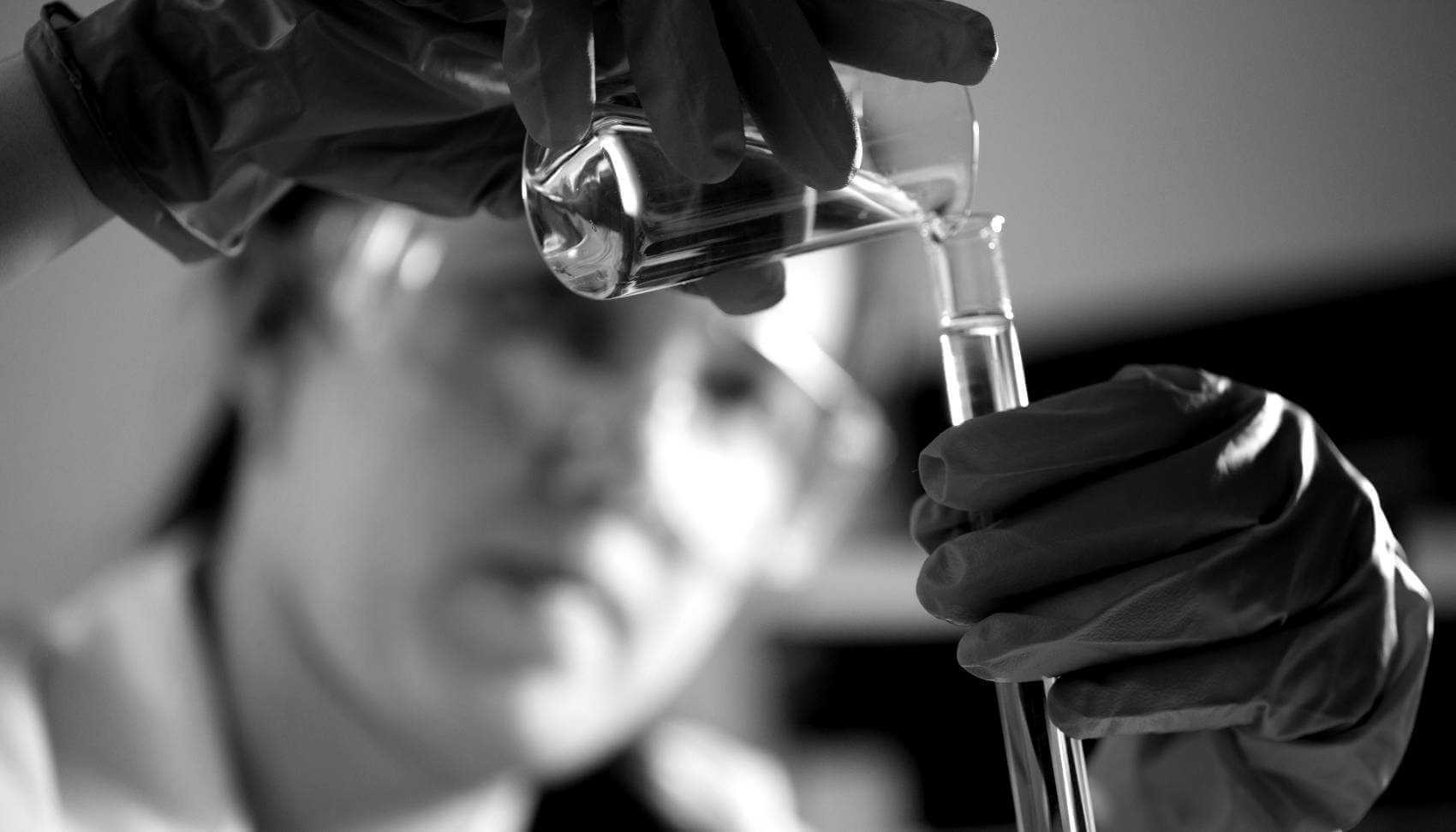Halifax Water is committed to providing safe drinking water to our customers.
We have a comprehensive blue-green algae (cyanobacteria) monitoring program in place so we know the drinking water we provide to customers is safe. Halifax Water drinking water passes thousands of tests per year and is regulated by Nova Scotia Environment & Climate Change (NSECC) and the Nova Scotia Chief Medical Officer of Health (CMOH).
The Basics of Blue-Green Algae
Blue-green algae are microscopic organisms found naturally in all types of water. These single-celled organisms live in fresh, brackish, and marine water. These organisms use sunlight to make their own food. In warm, nutrient-rich environments, blue-green algae can multiply quickly, creating blooms that spread across the water’s surface.
Blue-green algae (cyanobacteria) blooms form when blue-green algae, which are normally found in water, start to multiply very quickly. Blooms can form in warm, slow-moving waters that are rich in nutrients. Blue-green algae blooms need nutrients to survive. The blooms can form at any time, but most often form in late summer or early fall.
You might or might not be able to see blue-green algae blooms. They sometimes stay below the water’s surface; they sometimes float to the surface. Some blue-green algae blooms can look like foam, scum, or mats, particularly when the wind blows them toward a shoreline. The blooms can be blue, bright green, brown, or red. Blooms sometimes look like paint floating on the water’s surface. As blue-green algae in a bloom die, the water may smell bad, similar to rotting plants.
There are thousands of different species of blue-green algae (cyanobacteria), and many more are still being discovered. Most do not produce toxins that are harmful to people or animals.
However, some types of blue-green algae (cyanobacteria) produce toxins within their cells, which are released when the cells die off or are ruptured. It is not clear why blue-green algae (cyanobacteria) make these toxins. You cannot tell by looking at a bloom if it is toxic.
Know Where Your Water Comes From
Halifax Water operates eight water supply plants with different sources. If a blue-green algae bloom is detected, it would only have a potential impact on that specific water source.
If you receive tap water from Halifax Water, you can use the map below to see where your water comes from. Knowing where your water comes from is important in the event of a blue-green algae alert.
You can view the Water Supply Plants map in a new browser window.
What to do if you see a suspected blue-green algae bloom:
In a lake or watershed managed by Halifax Water:
- Report it to Halifax Water at 902-420-9287 or customercare@halifaxwater.ca
In a lake outside of Halifax Water watersheds:
If you are not sure if the lake is within a Halifax Water watershed or not:
In the event of a Blue-Green Algae (Cyanobacteria) Bloom in Halifax Water Managed Lakes or Watersheds
Halifax Water has a comprehensive algal monitoring strategy and continuously monitors our source waters. If a blue-green algae bloom is detected through any of our various monitoring methods, samples of both the bloom and treated drinking water will be collected and analyzed for toxins.
Most algae do not produce toxins that are harmful to people or animals. However, some types of blue-green algae (cyanobacteria) produce toxins within their cells, which are released when the cells die off or are ruptured.
If a bloom develops in a drinking water source, it will be monitored closely to ensure the safety of our drinking water. Halifax Water will notify residents if the safety of drinking water is impacted by a blue-green algae bloom.
